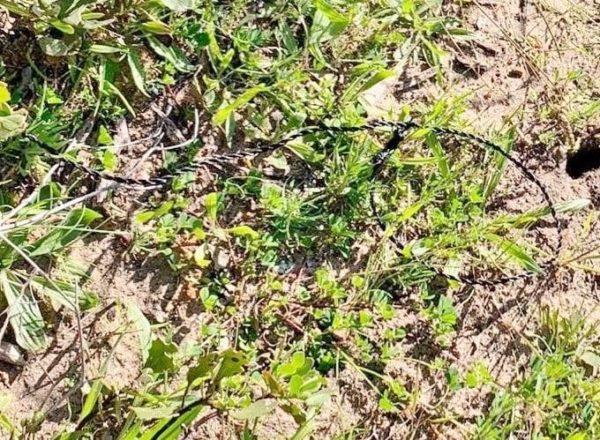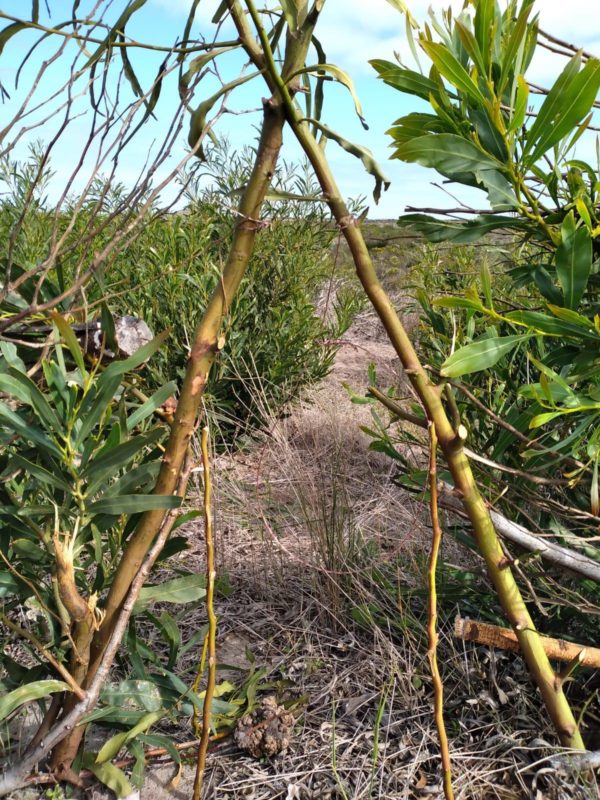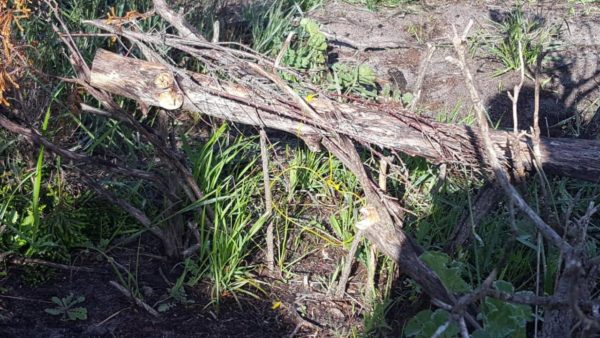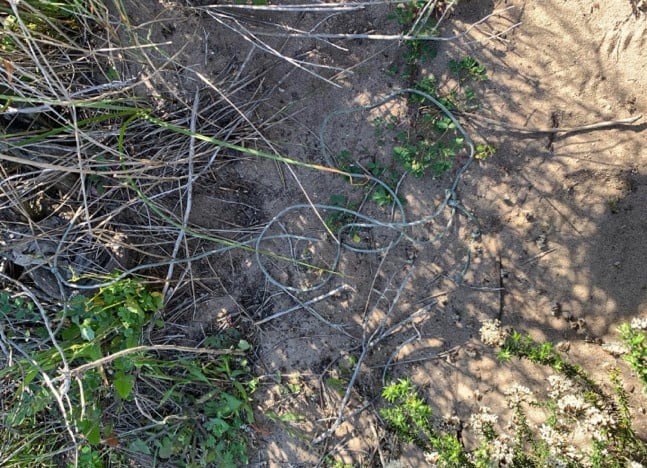The Noordhoek Wetlands are facing pressure due to an increase in poaching, as well as a controversial new development in the area that could have an impact on wildlife.
The precious wetlands are an important ecological area, consisting of a range of plant and animal species that are indigenous to the Peninsula. However, poaching is putting the local animals in danger, and has a severe impact on the ecosystem.
“The Noordhoek wetlands is a critical oasis for animals and plants. It is a major ecological corridor of extreme environmental importance,” Dr Andrea Marais of Noordhoek Environmental Action Group (NEAG) told the Noordhoek Ratepayers Association (NRPA).
While exploring the water levels in Papkuilsvlei perennial wetland, at the heart of the Noordhoek wetland, Marais and Suzie J’Kul from ToadNUTs discovered fresh shoe prints, animal spoor and two crude noose-type snares placed by a poacher.

“Snares of this kind can cause extended pain and suffering to many animals, not only the ones the poachers are after. Poachers often set as many snares as possible in the hope of catching the specific animal they want,” explains Marais.
“We also found the spoor of grysbok, lizards, frogs, porcupines and snakes. We advise everyone using the wetlands to look out for these crude snares and remove them in their entirety when you find them.”
The Urban Caracal Project has also raised awareness of poaching and its impact on wildlife.
“Poachers are primarily using snares to capture wildlife for bushmeat or medicinal purposes. As a result, our beautiful wild animals are being killed, including three caracals that we know of. Two more caracals were successfully rescued from poachers traps,” the organisation said in a statement in September.
Snares are typically made from electrical wire, nylon rope or fishing lines, essentially anything that can be used to create a noose and catch animals. They are then placed on game trails where they can catch an animal by the foot, paw, leg or neck. Sticks or leafy vegetation may be used to disguise the snare.


SANParks staff, SANParks Honorary Rangers, the Urban Caracal Project and members of the community have been doing regular joint patrols in the wetlands.
According to the Project, most of the snares they have come across have been found within the park, but also close to residential areas like Fish Hoek, Kommetjie, the Noordhoek wetlands and sports field area, and off Tafelberg road in Front Table.
In September, in a single outing, SANParks rangers recovered more than 40 snares from the Noordhoek wetlands just in the area between Lake Michelle and Masiphumelele.
SANParks appeals to dog walkers and horse riders to stay on the demarcated trails to protect their animals from getting caught in snares and injured. If you come across a snare, please remove it and report any suspicious behaviour or snaring to SANParks.
“People who live in this area are unaware of just how magnificent the Noordhoek Wetlands is and how urgently it needs our protection. SANParks does sweeps of the area as much as they can but we need everyone’s help to keep these paths clear of traps,” added Marais.
Beyond poaching, a new development is also raising concern in the area. According to the Noordhoek Ratepayers Association, the recently approved Houmoed Road Phase 1, which will cut across the wetlands, could negatively impact the permanent open water bodies, remove the protective barrier of reeds and give poachers greater access to the wetlands.
“If this precious natural resource collapses it will just make space for another development,” Marais said.
Picture: Facebook / Noordhoek Ratepayers Association






